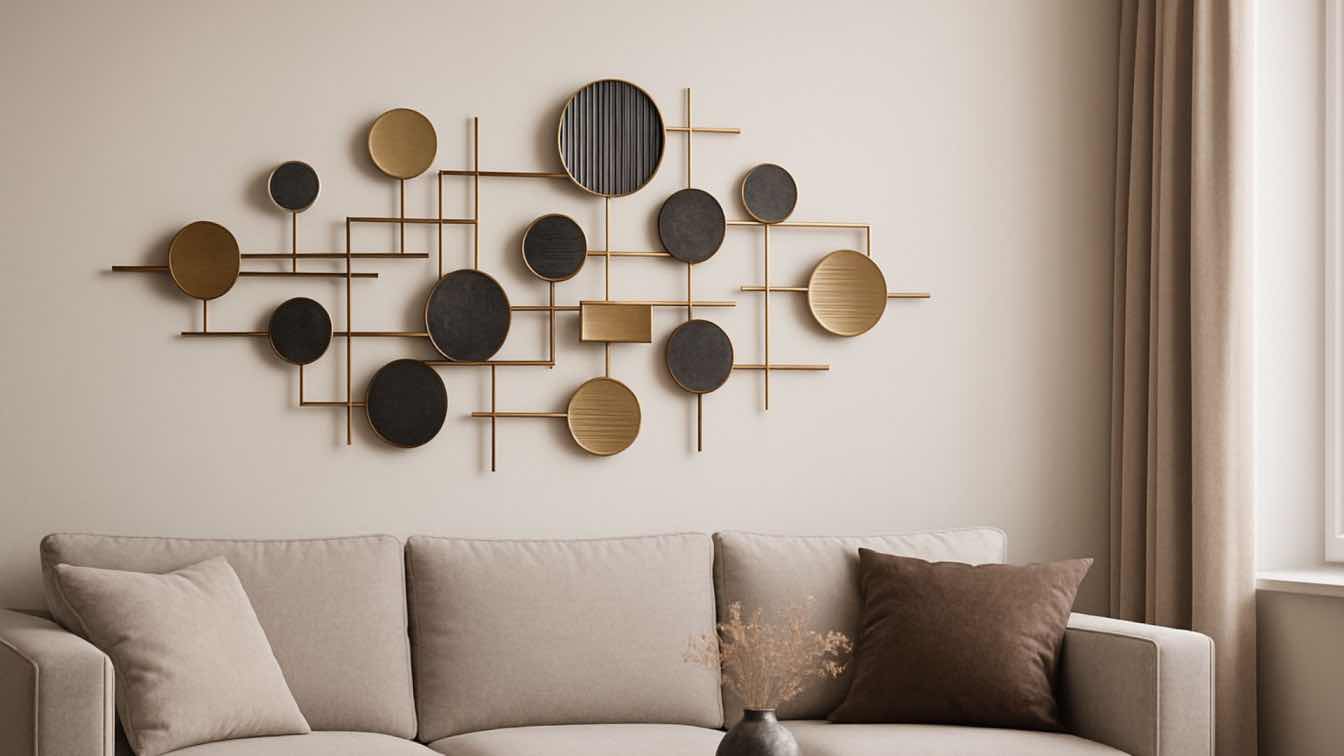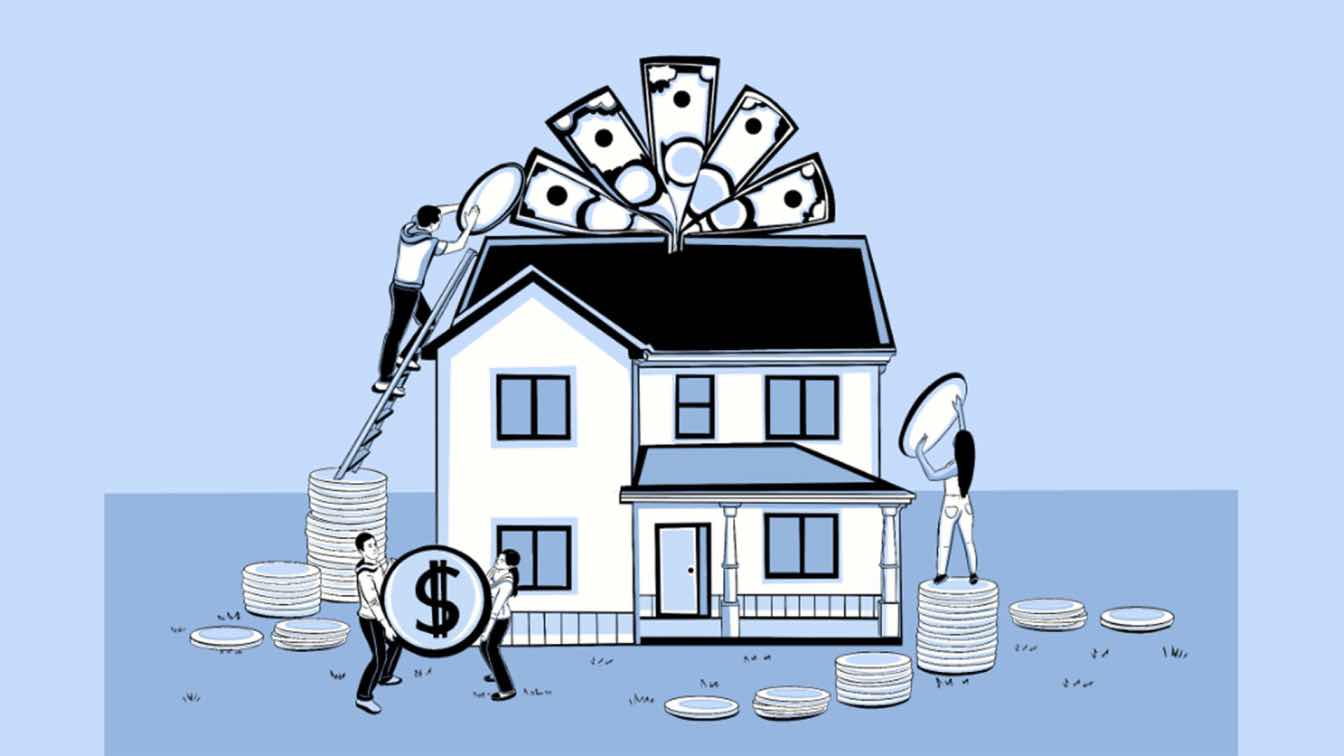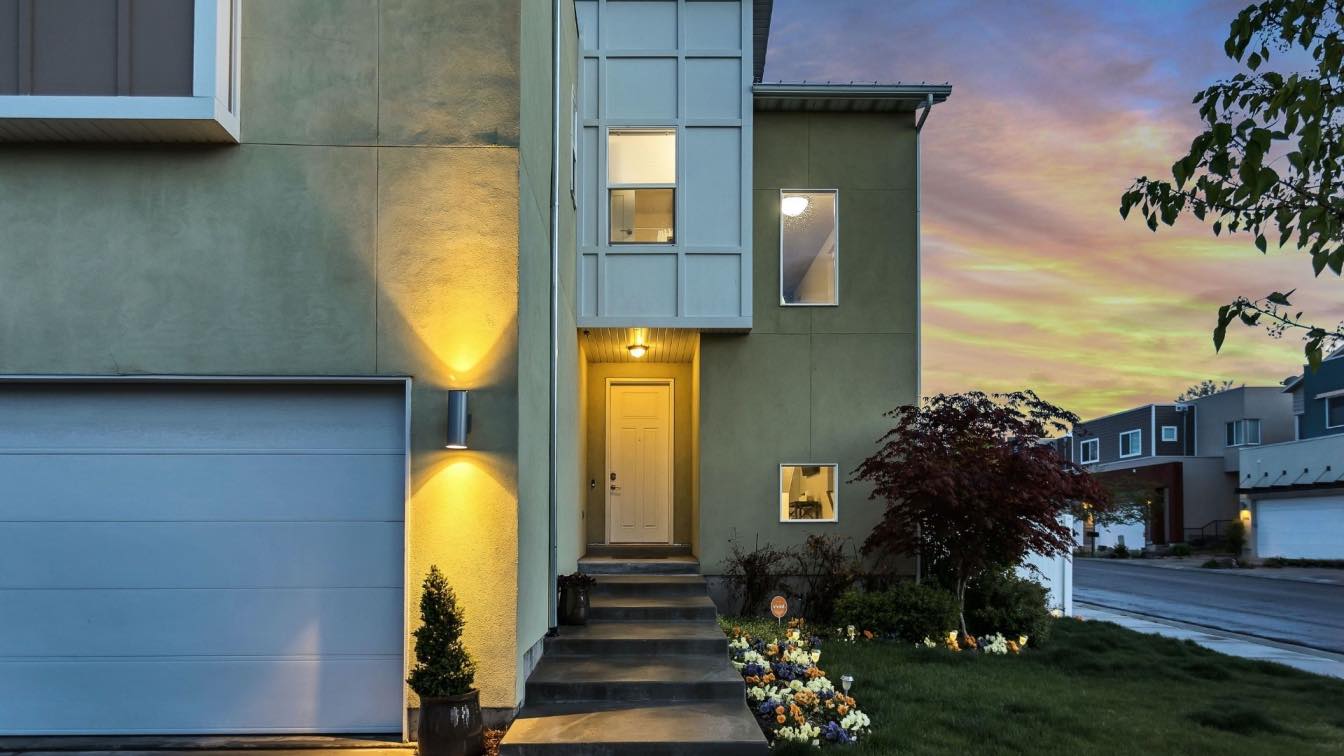When constructing a building, it is essential to prioritize longevity and durability. Compromising these key factors should not be an option. The materials used in the construction process play a vital role in determining the structural integrity and lifespan of a building.
It is crucial to use high-quality construction materials that can withstand the test of time. Fortunately, in the rapidly evolving eCommerce space, there is now FEPY, an online store where you can find all essential building materials under one roof.
In this blog, we will discuss the top ten building materials that can ensure the longevity and durability of your construction projects.
1. Concrete:
The Foundation of Strength Concrete is the most widely used building material for good reason.
It's strong, durable, and versatile, making it an ideal choice for foundations, walls, floors, and roofs.
The combination of cement, water, and aggregate creates a strong and durable matrix that forms concrete.
2. Steel:
Steel is the backbone of construction and is essential in various projects ranging from skyscrapers to bridges.
It's strong, malleable, and corrosion-resistant, making it an ideal choice for structural frames, beams, and columns.
The unique molecular structure of steel enables it to withstand immense pressure and stress, giving it incredible strength.
3. Brick:
Builders have used bricks in construction for thousands of years. It is still a popular choice today.
This versatile material goes into walls, floors, and even decorative features.
Fired clay makes bricks durable, resisting weathering, erosion, and insect damage.
4. Wood:
Natural Choice Wood is a sustainable and renewable building material for various construction projects.
It's lightweight, durable, and aesthetically pleasing, making it an ideal choice for furniture, cabinets, and structural elements like beams and columns.
The longevity of wood depends on its species, quality, treatment, and maintenance.
5. Glass:
Transparent Marvel Glass is a versatile building material for windows, doors, and exterior facades.
It's strong, durable, and transparent, making it an ideal choice for natural lighting and visual appeal.
Glass's longevity is derived from its resistance to weathering, thermal stress, and impact.
6. Roofing Materials:
The Shield Against the Elements The roof is one of a building’s most critical components, protecting the structure and its occupants from the elements.
Asphalt shingles, clay tiles, metal roofing, and slate tiles are popular roofing materials.
Each material has its unique features, benefits, and lifespan. Asphalt shingles are affordable and easy to install, while clay tiles are long-lasting and aesthetically pleasing.
Metal roofing is durable and resistant to weathering, while slate tiles are fire-resistant and can last for centuries.
7. Insulation Materials:
The Key to Energy Efficiency Insulation materials are essential for maintaining a comfortable indoor temperature and reducing energy consumption. Fiberglass, cellulose, spray foam, and radiant barrier insulation are popular.
Each material has unique features, benefits, and R-value, which measures its ability to resist heat flow.
Fiberglass is inexpensive and easy to install, while cellulose is eco-friendly and can help reduce noise levels.
Spray foam is known for its high R-value and ability to seal air leaks. Radiant barrier insulation reflects heat instead of absorbing it.
8. Plumbing Materials:
The Lifeblood of a Building Plumbing materials are essential for the building's water supply and waste removal systems.
Common plumbing materials include copper, PVC, CPVC, and PEX tubing. Copper is a popular choice for its durability and resistance to corrosion. At the same time, PVC and CPVC are affordable and easy to install. PEX tubing is flexible and can withstand high water pressure.
Proper installation and maintenance of plumbing materials can prevent leaks, clogs, and other issues.
9. HVAC Materials:
Heating, ventilation, and air conditioning (HVAC) materials are responsible for maintaining a comfortable indoor climate.
Common HVAC materials consist of ductwork, insulation, and air filters. Manufacturers create ductwork using sheet metal, flex ducts, and spiral ducts. Insulation materials, including fibreglass and cellulose, reduce heat loss and gain.
Air filters, such as disposable fibreglass and pleated filters, remove allergens and particles from the air.
Proper installation and maintenance of HVAC materials can improve indoor air quality, reduce energy consumption, and extend the lifespan of HVAC systems.
10. Finishing Materials:
The Aesthetic Touch Finishing materials enhance the appearance and functionality of a building's interior and exterior.
Common finishing materials include drywall, paint, wallpaper, and flooring materials such as hardwood, tile, and carpet.
Drywall is a popular choice for its ease of installation and finishing. Paint and wallpaper can also add colour and texture to a room.
Hardwood and tile flooring are durable and easy to maintain, while carpet provides comfort and noise reduction.
Proper installation and maintenance of finishing materials can improve a building’s aesthetic appeal and functionality, making it a more enjoyable and comfortable space for occupants.
Final Words
Building materials play a crucial role in the construction process. They determine a building’s longevity and durability. The choice of materials can also impact energy efficiency, aesthetic appeal, and safety.
By understanding the essential building materials for longevity and durability, you can make informed decisions that ensure their projects stand the test of time.
Explore FEPY.com, the UAE's premier e-commerce destination for over 18,000 top-quality products across 17 diverse categories, including Building Materials, Construction Chemicals, Paints & Accessories, and more. Elevate your projects with FEPY's unmatched selection today!





